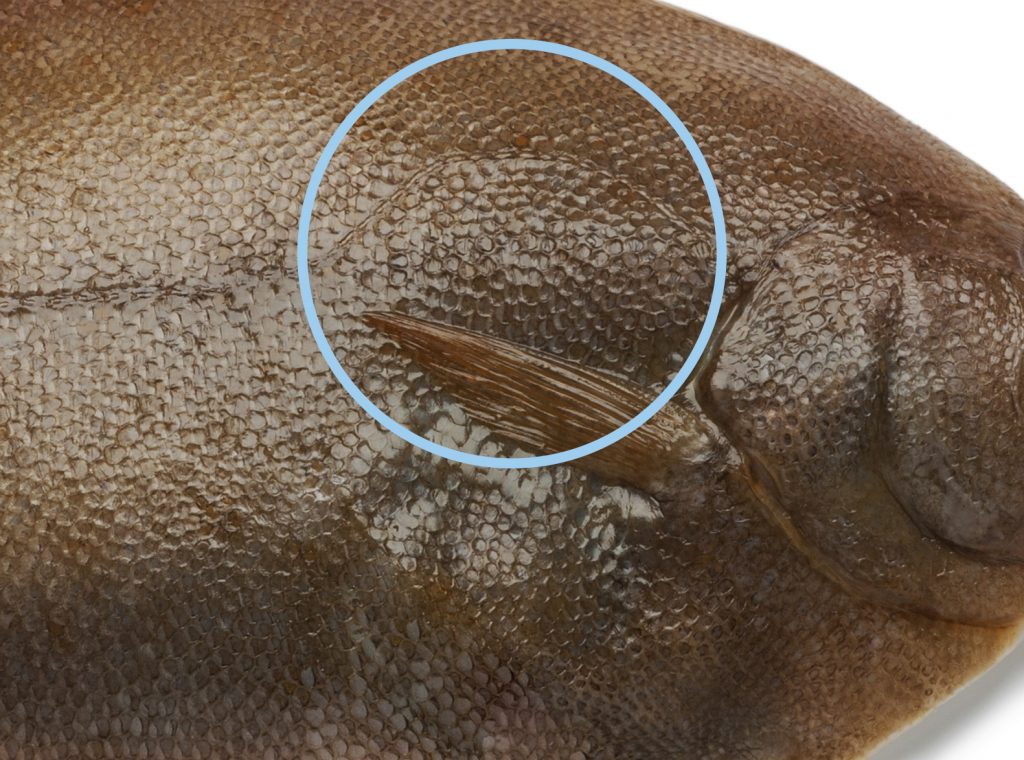
Last updated: 10 May, 2025 @ 12:11
Before we point you in the direction of some great dab recipes, let us tell you about our mate’s dad.
You see, our mate’s dad used to go ‘dabbing’ – and just to warn you, it’s a very different thing to the ‘dabbing’ trend that modern footballers used to do.
So, our mate’s dad used to pop down to the harbour at low-tide with a long stick, in the end of which was a sharp nail.
He would carefully and quietly stalk the shoreline on the hunt for a sign of this gorgeous little fish.
Upon spotting one, he would spring into action and thrust is makeshift-spear into the sand. More often than not, the dab would escape – but every now and then he’d return victorious. The family could eat that evening (ok, slight exaggeration).
‘D’ for Dab
Dabs are identifiable from other flatfish by a ‘D’ shaped lateral line above the pectoral fin.
They are not hugely popular with consumers, which is a shame as they are a cheap and relatively abundant fish. They are however small, normally around 20-25cm in length.
The dab’s small size may put people off, but if you want to gain experience cooking flat fish, then the dab is a great place to start.

Dab recipes
We keep it simple when cooking dab – scale the fish (on both sides), trim it, wash it, make sure it’s nice and dry, score it, brush it with a little vegetable oil, season it and whack it under a hot grill.
Serve with some garlic and rosemary boiled potatoes and a good squeeze of fresh lemon juice. The same recipe would work well with lemon sole.
And for the record, our mate’s dad is now a committed vegan and yoga teacher. Interesting where life takes you.
Seasonality
Dab is best avoided during the breeding season, which runs from April to June.
Sustainability
Read more on the latest Marine Conservation Society Good Fish Guide ratings.